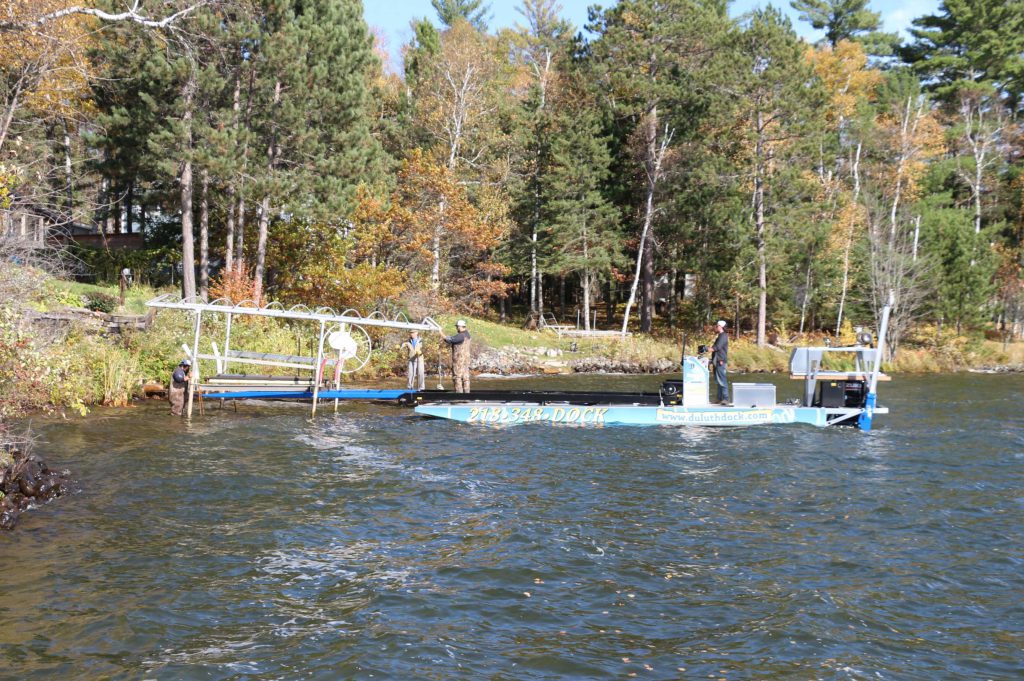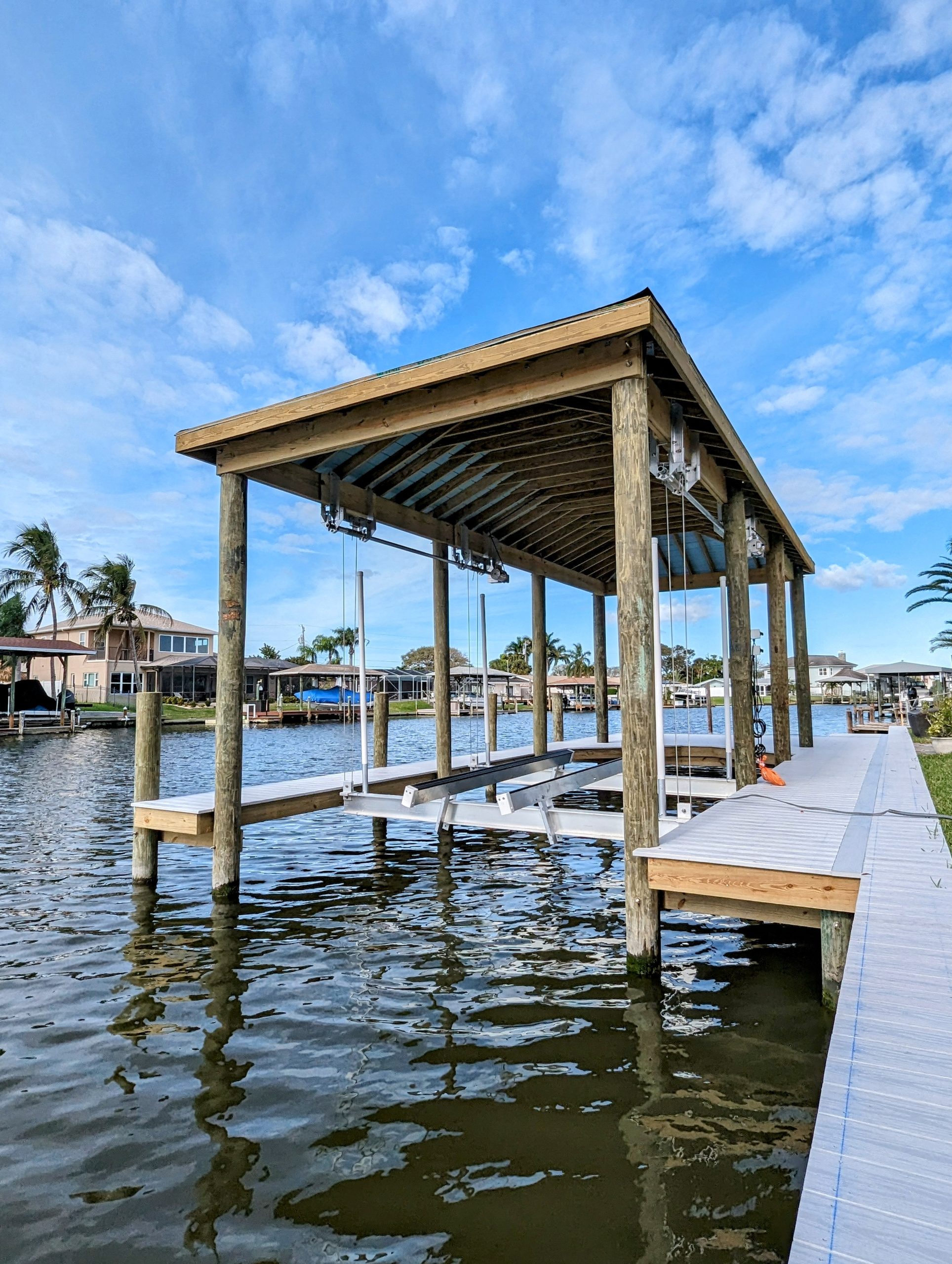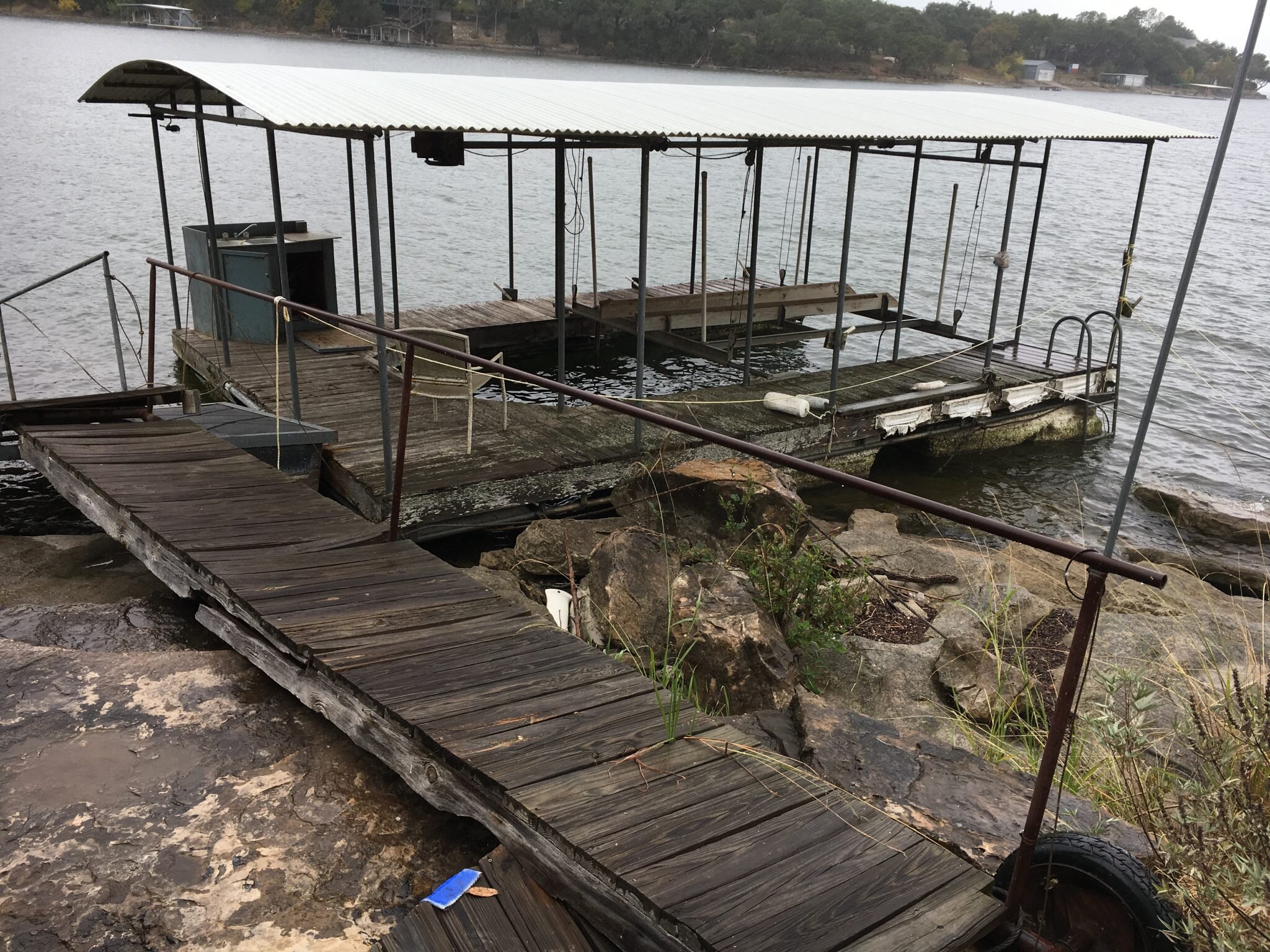Seasonal Preparations: When to Arrange Your Dock Repairs
Seasonal Preparations: When to Arrange Your Dock Repairs
Blog Article
Just How to Address Common Dock Fixing Issues for Safe Water Activities

Identifying Common Dock Issues
Recognizing usual dock concerns is essential for preserving the functionality and safety of your waterside building. Routine evaluations can assist discover issues before they become extreme, ensuring both the durability of the dock and the safety of those that utilize it. One prevalent issue is loose or corroded fasteners. With time, screws, bolts, and other bolts can end up being loose as a result of constant exposure to water and weather condition components, resulting in architectural instability.
Another usual problem is the destruction of flotation tools. These tools are vital for maintaining the dock buoyant, and any kind of damage or leaks can create the dock to checklist or sink. On a regular basis checking for leaks or water logged floats can preempt extra considerable concerns.
Furthermore, algae and barnacle build-up on the dock's surface area can develop slippery and hazardous conditions. This biofouling not only positions a risk to customers but can additionally accelerate the wear and tear of the dock products.
Last but not least, inspecting for indicators of rust on steel parts is vital. Rust can jeopardize the honesty of the dock's structure, making it risky. By consistently recognizing these common dock problems, you can make sure that your dock remains secure and useful for years ahead.
Repairing Rotting Timber
When attending to the concern of decomposing wood on your dock, it is important to act quickly to stop further deterioration. Begin by extensively examining the entire framework to recognize all influenced areas. Make use of a screwdriver to penetrate the wood; if it sinks in quickly, the wood is likely rotted and requires instant focus.
As soon as identified, get rid of the rotted sections utilizing a saw or carve. Make certain to cut down to healthy and balanced, solid wood, ensuring you get rid of all endangered product. After removal, deal with the remaining timber with a wood preservative to avoid future rot. This therapy will certainly aid secure versus dampness, which is the key source of timber degeneration.
Next, replace the gotten rid of sections with marine-grade lumber or pressure-treated wood, which are extra immune to water damages. Secure the new items with stainless-steel or galvanized bolts to stop corrosion. Additionally, using a water-proof sealant to the new wood can provide an extra layer of protection.
Safeguarding Loose Boards
Exactly how do you ensure your dock remains functional and safe for all its individuals? One vital facet is securing loose boards, which can or else pose considerable threats. Loose boards not just enhance the you could look here threat of stumbling however can additionally compromise the structural integrity of the entire dock.

For reinstallation, utilize galvanized or stainless steel screws, as these materials provide premium resistance to rust in marine environments. Ensure the screws are long enough to penetrate deep right into the underlying assistance structure, yet not as long that they extend through the dock's surface area. Pre-drilling pilot holes can help prevent the wood from splitting.
Finally, maintain a regular examination routine to determine and address any kind of new issues promptly. By securing loosened boards effectively, you add to the total safety and security and durability of your dock, making it a trustworthy platform for water tasks.
Maintaining Unsteady Pilings
Ensuring the stability of unsteady pilings is paramount to keeping a safe and useful dock. Unstable pilings can jeopardize the whole structure, positioning substantial risks to individuals and potentially causing expensive fixings. The primary step in supporting these vital parts is a complete inspection. Check out the pilings for indicators of rot, damage, or moving. Make use of a level to look for vertical placement and guarantee they are driven deep enough right into the substratum to supply adequate support.
If the pilings are found to be unsteady, one reliable method for reinforcement is using additional supporting. Cross-bracing with treated lumber or galvanized metal can dramatically boost stability. Support the dental braces safely to both the pilings and the dock frame to disperse lots equally.

Routine maintenance and regular review of the pilings' security are crucial to guaranteeing long-lasting official website dock safety and performance.
Replacing Rusty Hardware
Dealing with unsteady pilings is simply one element of maintaining a dock's honesty; another critical problem is replacing corroded hardware. Over time, direct exposure to moisture and salt can bring about the oxidation Full Report and deterioration of screws, screws, and brackets, compromising the whole structure's safety and security. Normal assessment for rust is necessary, particularly after extreme climate or seasonal changes.
When corroded hardware is determined, prompt action is called for. Begin by selecting marine-grade stainless-steel or galvanized hardware, both created to stand up to the harsh aquatic environment. Make certain that you have the proper devices, such as screwdrivers and wrenches, to securely remove the old, rusty items without causing further damages to the dock.
After removing the corroded equipment, extensively tidy the affected locations to eliminate any kind of residual rust or debris. Apply a rust-inhibiting guide to exposed metal surface areas prior to mounting the new equipment. Tighten up all components firmly to avoid future helping to loosen, and periodically inspect the fittings to guarantee continuous security.
Changing corroded equipment not just expands the dock's lifespan but also substantially boosts the safety of water activities. By proactively managing corrosion, you protect both the structure and its individuals, making sure a delightful and protected beachfront experience.
Verdict
Routine evaluations and upkeep are vital to resolve typical dock repair concerns and guarantee secure water tasks. Such positive measures add to the overall safety and security and functionality of dock frameworks, cultivating a safe setting for water-based activities.
Making certain the safety of water activities pivots significantly on the appropriate upkeep and fixing of docks (Dock Repairs). These tools are necessary for maintaining the dock resilient, and any kind of damage or leaks can create the dock to listing or sink. By regularly determining these usual dock concerns, you can ensure that your dock continues to be useful and safe for years to come
Guaranteeing the security of unstable pilings is vital to preserving a practical and safe dock.Normal assessments and maintenance are essential to resolve typical dock fixing concerns and guarantee risk-free water tasks.
Report this page